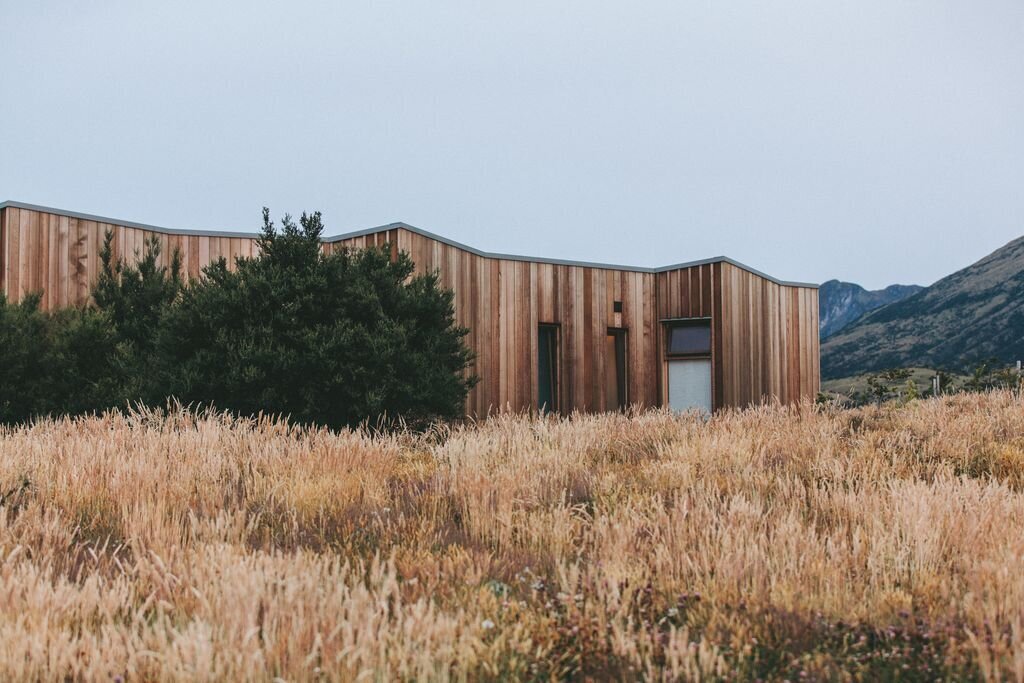
Bicycle & Moped Travel Tips & Advice
Explore more, feel free, and ride like a local.
Whether you're renting a bike to explore a scenic coastal path, hopping on an electric scooter in a new city, or riding a moped through winding countryside roads, two-wheeled travel gives you a deeper connection to the destination. But it also comes with unique safety, legal, and comfort considerations—especially if you're abroad or in unfamiliar terrain.
General Tips for Bicycle & Moped Travel
Choose the Right Ride for the Terrain
City Exploring? Choose a cruiser or e-bike for comfort and battery boost.
Hilly or long-distance routes? Consider geared bikes or scooters with reliable engines.
Rural or tropical areas? Mopeds are common, but check fuel access, road conditions, and repair services.
Prioritize Safety (Always)
Helmet first. Even in places where it's not legally required, it’s smart and potentially life-saving.
Use reflective gear or lights—especially if riding at dusk or night.
Know the local traffic rules—some countries drive on the left, or restrict mopeds on highways or in historic centers.
Documentation May Be Required
Bikes: Rarely require ID, but you'll usually need a deposit or credit card.
Mopeds/Scooters:
Some countries require a motorcycle license or an international driving permit (IDP).
Check the engine size—some rentals under 50cc have fewer legal restrictions, others require formal licensing.
Weather-Ready Travel
Carry ponchos or light waterproof jackets—weather can change fast.
Wear sunglasses and sunscreen, especially on open roads or near water.
Avoid long rides in excessive heat or strong winds—exhaustion sneaks up quickly when riding exposed.
Logistics & Local Considerations
Know Where to Park
In many cities, you can’t just park anywhere. Some require designated bike racks or scooter docking zones.
Mopeds often need permits or street parking rules similar to cars—check signage.
Theft Prevention
Always lock the frame and wheels to something sturdy.
Take a photo of where you parked—especially if you're in a foreign country or unfamiliar neighborhood.
Consider bike rental apps with GPS tracking and built-in locks.
Check the Equipment Before You Ride
For bicycles: brakes, tire pressure, gears, and chain condition.
For mopeds/scooters: horn, lights, mirrors, brake sensitivity, and fuel gauge.
Take photos of any scratches or dents before renting to avoid damage disputes.
Special Considerations for International Travel
Don’t assume insurance covers mopeds. Many travel insurance policies exclude motorbike accidents unless you have a proper license.
Be extra cautious in high-traffic or chaotic areas (like Bali, Vietnam, or Naples) where road rules are more “fluid.”
Ride defensively—especially if cars or buses dominate the roads.
Pro Tips Most People Forget
Bring a seat cover or padded shorts if you're planning long bike rides—comfort counts.
Use your phone for directions, but hands-free. A bike mount or lanyard holder is a smart addition.
Pack light, carry smart: Small backpack or waist pouch keeps you mobile without throwing off your balance.
Factor in fitness: You may need more water, breaks, or recovery time after long bike rides in hot or hilly regions.
Check the return policy—some rentals charge for after-hours returns or unexpected delays.
Bicycle Tours: A Bucket List Favorite
Bicycle tours are one of the most immersive, eco-friendly, and fun ways to explore a city or region. Whether you're on a guided urban ride or a self-guided countryside route, here’s how to get the most out of your bike tour:
Why Take a Bike Tour?
See more in less time than walking—without losing connection to the environment
Local guides = local insights you won’t get from guidebooks
Accessible for all ages and fitness levels with e-bikes and tailored routes
Perfect for exploring walled cities, old towns, coastlines, vineyards, and villages
Tips for a Great Bike Tour Experience
Book early for popular cities and small-group tours.
Choose the right difficulty level—flat terrain vs. hills, time length, distance.
Ask about what’s included: helmets, water, e-bikes, snack breaks, or entry to attractions.
Test your bike before the tour starts: brakes, gears, saddle height.
Tip your guide—especially if they helped you navigate tricky roads or offered lots of insider info.
E-bike options are ideal if you’re unsure about keeping up with a group or want less physical strain.
City Cycling Etiquette: Especially in Places Like Amsterdam
Cycling in cities like Amsterdam, Copenhagen, or Berlin is thrilling—but locals take it seriously. These are not just leisure rides—they’re transportation ecosystems. Here's how to blend in without causing chaos (or getting yelled at):
Urban Cycling Do’s
Always ride in the designated bike lane—never on sidewalks unless clearly marked.
Signal your turns with hand gestures—left arm out for left, right arm for right.
Stay to the right unless you’re passing.
Yield to pedestrians and check before crossing tram or bus lanes.
Use your bell politely, especially when passing tourists or slow riders.
Make eye contact with cars and other cyclists at intersections—visibility is safety.
Urban Cycling Don’ts
Don’t stop in the middle of a busy bike lane—move to the side if you need to pause.
Don’t walk in the bike lanes. In cities like Amsterdam, this is considered dangerous and rude.
Don’t block intersections or bike traffic when taking photos or checking your phone.
Don’t rent a bike in heavy traffic if you’re not confident riding. Consider a tour first to get comfortable.
Renting a Bike in Big Cycling Cities
Rent from a reputable shop that offers local tips and maps.
Use a sturdy lock (two locks if possible) and ask about the theft policy—bike theft is common.
Take a photo of your rental bike’s ID or tag number to identify it later.
The flow can be fast and locals are assertive—don’t hesitate or ride unpredictably.
Rush hour exists on bike lanes—early mornings and late afternoons can be hectic.
If you're unsure, start your cycling experience in a quieter areas before tackling the city center

